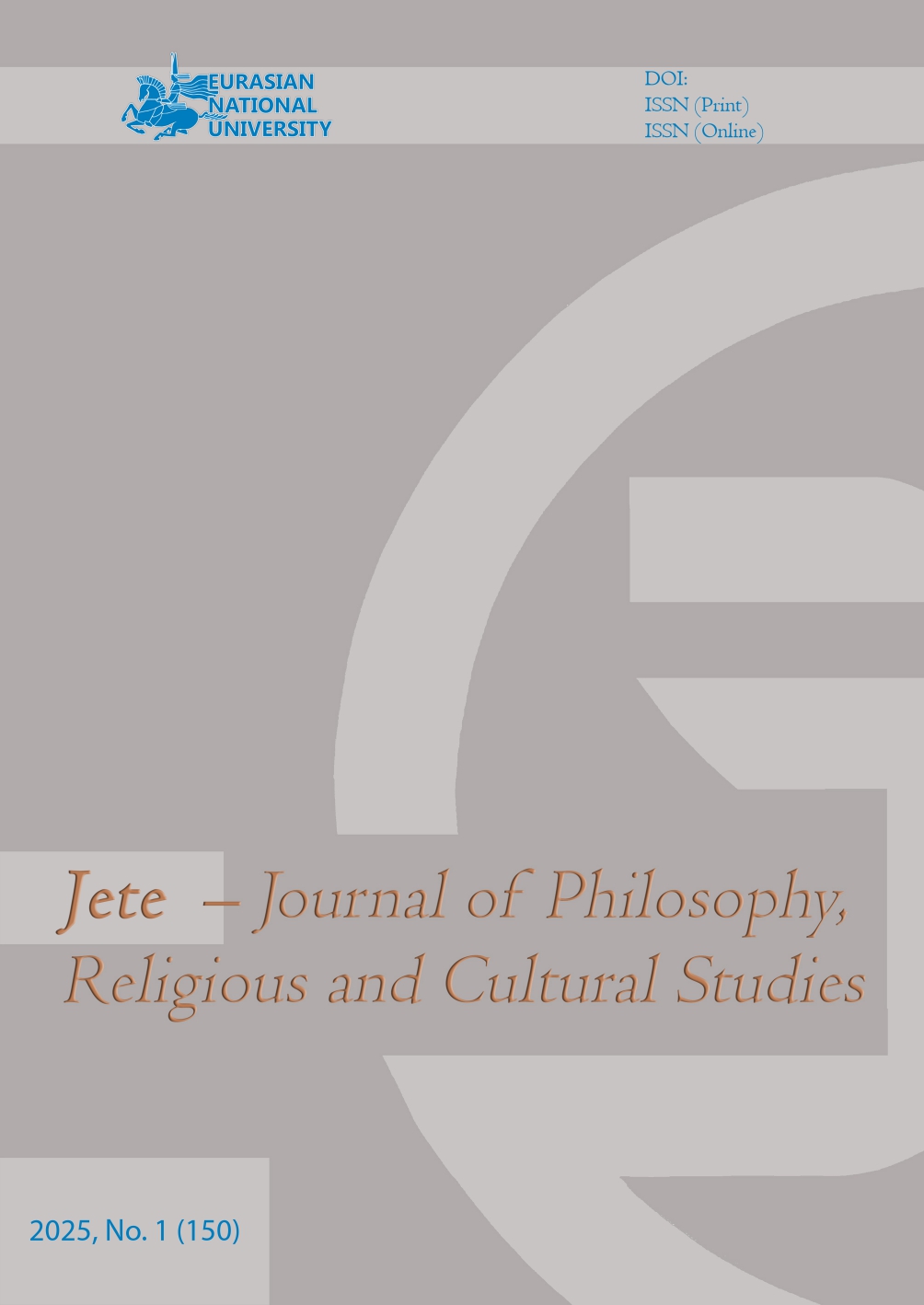Video Games and Everyday Life: Phenomenological Analysis
Views: 152 / PDF downloads: 200Keywords:
video games; A. Schütz’s phenomenology; cognitive styles; social norm; norm transfer; game studies; correlation between video games and everyday life; virtual space; RPG games; Russian gamersAbstract
The study examines the user experience of video games (using the example of computer- based, single-player CRPG and Action-RPG games) to identify how people transition between the worlds of video games and everyday life, transfer socially structured norms into spaces without such restrictions, and whether there is a reverse influence.
The theoretical part provides an overview of the history of video game studies within the interdisciplinary field of game studies. It presents the works of key researchers who focused on user experience and the differences between video games and the rules of everyday life. The theoretical framework is based on Alfred Schütz’s phenomenological approach, specifically the idea of the existence of different worlds with their own cognitive styles.
The methodology relies on a justified system of indicators and metrics, structured observation, and focused interviews, as well as a description of the empirical object, sample, and research data sources. The study was conducted among residents of Russian cities aged 18 to 34 who have been playing CRPG and/or Action-RPG games for more than a year, with an average frequency of at least once a week.
The description of the obtained results includes an analysis of collected interviews, conducted based on observations, covering aspects reflected in the system of indicators and metrics: motives for immersion in the video game world, temporal and spatial perspectives, the role of the player, intersubjectivity of in-game behavior in its various manifestations, as well as differences and perceptions of the boundary between the two studied worlds.
Downloads
Downloads
Published
Issue
Section
License
Copyright (c) 2025 Anastasia Vetchinnikova, Sergey Moiseev

This work is licensed under a Creative Commons Attribution-NonCommercial-NoDerivatives 4.0 International License.









